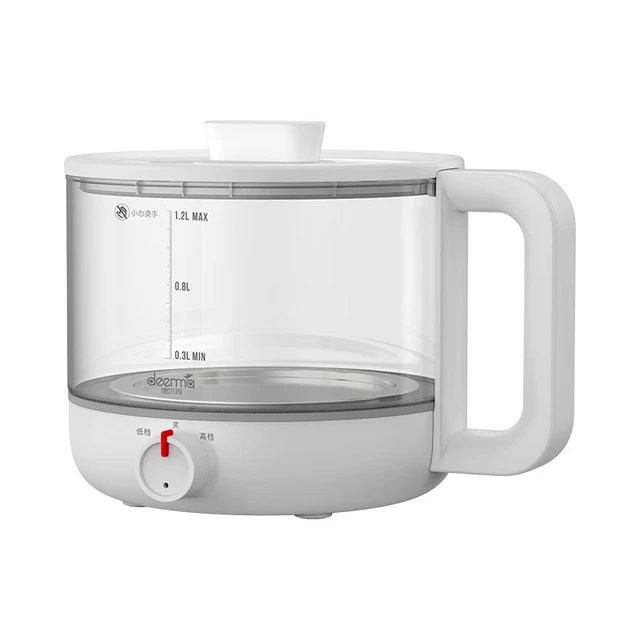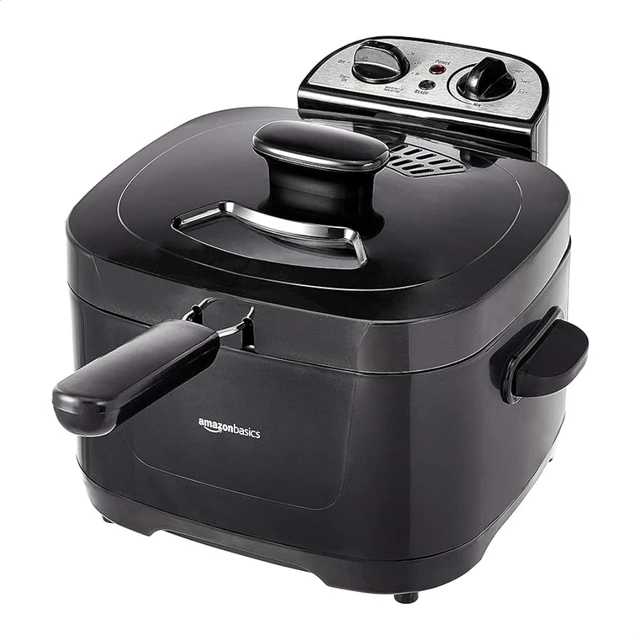Introduction:
Arranging kitchen appliances in a thoughtful and efficient manner is essential for creating a functional and visually pleasing space. A well-organized kitchen not only enhances workflow and convenience but also contributes to an aesthetically pleasing environment. When arranging kitchen appliances, factors such as layout, work zones, safety, and accessibility should be considered. In this article, we will explore strategies for arranging kitchen appliances effectively, including tips for optimizing workflow, creating designated work zones, ensuring safety, and maximizing accessibility. By understanding these key considerations, you can arrange your kitchen appliances in a way that best suits your needs and enhances the overall functionality and design of your kitchen.

How to arrange kitchen appliances?
Consider the Kitchen Layout:
a. Work Triangle: Start by considering the classic work triangle concept, which connects the refrigerator, stove, and sink. This triangular arrangement allows for efficient movement during food preparation and cooking. Ensure that these three key appliances are positioned in close proximity to each other but with enough space to move freely.
b. Traffic Flow: Take into account the flow of traffic in your kitchen when arranging appliances. Avoid placing appliances in high-traffic areas, as this can impede movement and create congestion. Strategically position appliances away from main thoroughfares to maintain a smooth flow within the space.
c. Ergonomics: Consider the ergonomic aspects of your kitchen layout. Place appliances at comfortable heights, ensuring that they are easily accessible and do not require excessive bending, stretching, or reaching. This will help minimize physical strain and enhance overall user experience.
Optimize Workflow and Efficiency:
a. Task-Based Zones: Create task-based zones within your kitchen to optimize workflow. Group appliances that are related to specific tasks, such as food preparation, cooking, and cleanup, together in close proximity. This allows for a seamless and efficient workflow as you move between different stages of meal preparation.
b. Prep Zone: Designate a specific area as your prep zone, where appliances such as the sink, cutting board, and food processor are located. This centralizes food preparation processes and minimizes the need to move back and forth across the kitchen.
c. Cooking Zone: Create a dedicated cooking zone that includes the stove, oven, and necessary cookware. This zone should ideally be positioned close to the prep zone, allowing for easy transfer of ingredients from preparation to cooking.
d. Cleanup Zone: Designate an area for cleanup tasks, such as the sink, dishwasher, and garbage disposal. Positioning these appliances close to each other streamlines the cleanup process and makes it more efficient.
Ensure Safety and Accessibility:
a. Ventilation and Clearance: When arranging appliances, ensure that there is adequate ventilation for appliances that generate heat, such as the stove and oven. Allow for sufficient clearance space around these appliances to prevent heat buildup and potential fire hazards.
b. Kid-Friendly Placement: If you have young children in the household, consider the placement of appliances to ensure their safety. Position appliances that may be potentially hazardous, such as hot ovens or stovetops, out of reach or behind childproof safety measures.
c. Accessibility for All: Take into account the needs of all individuals using the kitchen. Ensure that appliances are positioned at appropriate heights and reachable distances for people of varying heights and abilities. Consider installing pull-out shelves, adjustable-height countertops, and accessible appliances to accommodate individuals with disabilities or mobility challenges.
Maximize Storage and Counter Space:
a. Cabinet Organization: Arrange appliances in a way that maximizes storage space and minimizes clutter on countertops. Utilize vertical storage with the help of cabinets, shelves, and drawers to keep appliances neatly tucked away when not in use.
b. Counter Space: Maintain sufficient counter space for food preparation and other kitchen tasks. Avoid overcrowding countertops with too many appliances, leaving ample workspace for cutting, mixing, and assembling ingredients.
c. Hidden Appliances: Consider integrating appliances into cabinetry to create a seamless and streamlined look. Built-in appliances, such as refrigerators and dishwashers, can be concealed behind cabinet panels, allowing them to blend harmoniously with the surrounding cabinetry.
Pay Attention to Electrical and Plumbing Considerations:
a. Electrical Outlets: Ensure that there are sufficient electrical outlets near the appliances that require them. This allows for easy access to power sources and prevents the need for unsightly extension cords.
b. Plumbing Connections: If applicable, consider the plumbing connections required for appliances such as the sink, dishwasher, or ice maker. Position these appliances in close proximity to existing plumbing lines to minimize the need for extensive modifications or additional plumbing work.
c. Safety Measures: When dealing with electrical and plumbing connections, it is essential to follow safety guidelines and code requirements. Consult professionals if you are unsure about the proper installation and connection of appliances to ensure compliance and safety.
Conclusion:
Arranging kitchen appliances effectively involves careful consideration of the kitchen layout, workflow optimization, safety measures, accessibility, storage, and electrical and plumbing considerations. By implementing these strategies, you can create a functional and visually appealing kitchen that enhances your cooking experience. Remember to consider the work triangle concept, create task-based zones for efficient workflow, ensure safety and accessibility for all users, maximize storage and counter space, and pay attention to electrical and plumbing requirements. By thoughtfully arranging your kitchen appliances, you can create a space that is not only visually appealing but also highly functional, allowing for seamless meal preparation, cooking, and cleanup.




